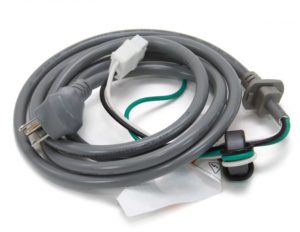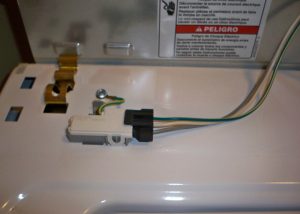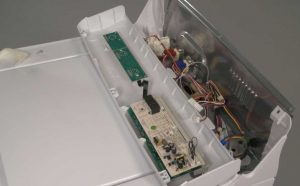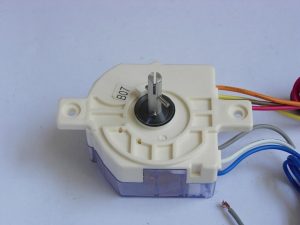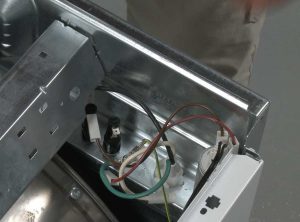Washing machine won’t start? Here is how to fix it.
Washer is a great invention that changed our everyday live. It allowed us to get involved in more productive activities than doing the hand wash. If your assistant does not start, do not get upset.
Follow these simple tips to get your washer working properly:
- Make sure the washer is plugged in and turned on.
- Check if the outlet is operating by using a known working lamp or hairdryer.
- If the outlet is not getting power, check the home circuit breakers or fuses in the household circuit panel.
- If the outlet is on a GFCI outlet or shared circuit, check to see if the outlet needs to be reset.
- Check your washer for overheating. If you have run several loads, one after another, without any problem but suddenly find your washing machine refuses to start, overheating could be the cause. The simple way to discover if this is the problem is to give the machine enough time to cool down, stay for a couple of hours, and then turn it on again. If it works fine, overheating was the problem.
- Make sure the lid has closed completely. Then, try selecting a cycle again. If the door is closing properly, the problem could be with the main electronic control board, which controls most washer functions.
If your washer still does not start or run, then a service call may be required. It is better to be safe and let a qualified appliance repair technician carry out the repair. You are welcome to book an appointment by calling (818) 600-2559.
There are things that might be causing your washer won’t start:
-
Damaged power cord
A damaged power cord could prevent the washer from starting. You can use a multi-meter to test the cord for continuity. A continuous electrical path present in the part to determine if the cord requires replacement.
-
Defective lid switch
Depending on the model, the lid switch may prevent the washer from starting when the lid is open. If the switch is defective, then the washer won’t start even with the lid closed. As with the power cord, you can use a multi-meter to determine if the switch has continuity. If the switch tests negative for continuity, then it will need to be replaced.
-
Defective user control board
It is also possible that the user control board has failed. If some of the buttons work, but others do not then you will need to replace the board.
-
Faulty timer
On some models, a faulty timer may be responsible for the washer not starting, although this is not a common problem.
-
Line fuse
The line fuse blows if the washer circuits are overloaded. If the line fuse blows, the washer won’t start.
According to research, 90% of all women in the world use washing machines. Therefore, we can hardly imagine the comfort of our life without these appliances. Just follow these procedures to prevent problems with your washing machine:
- Use the right amount of detergent
- Make sure the machine is level
- Do not overload your washer.

